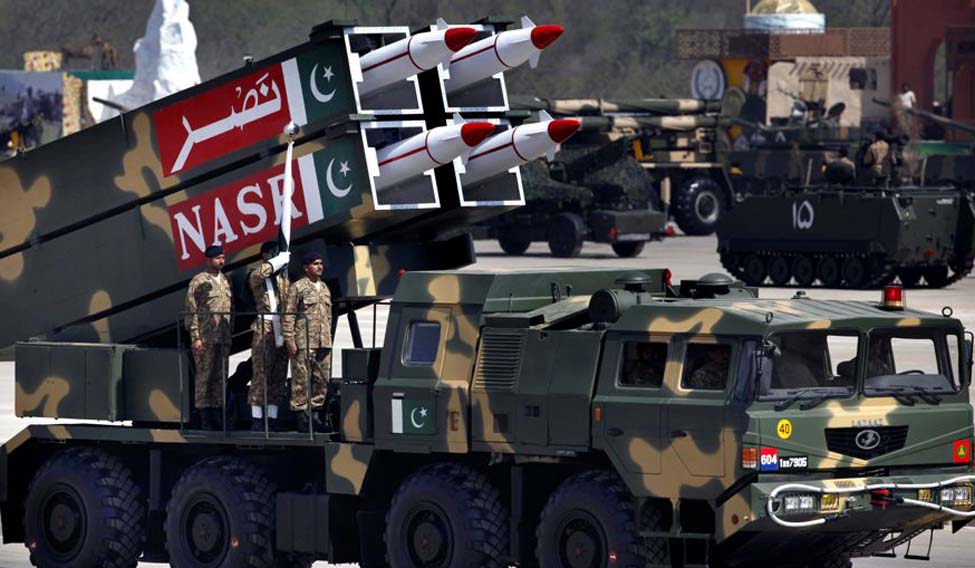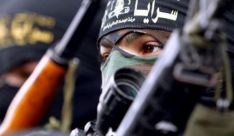Replying to a query in a news conference, Air Chief Marshal B.S. Dhanoa quipped: "Air Force has the capability to locate, fix and strike targets across the border.”
He was stating a fact. The Indian Air Force (IAF) has the technological capability to acquire, engage and destroy all varieties of military targets in Pakistan. This was misinterpreted to mean that the IAF has plans to take out Pakistan’s nuclear warheads.
Shortly thereafter, while speaking at a think tank in Washington DC, Pakistan’s Foreign Minister Khawaja M. Asif said, “If that happens, nobody should expect any restraint from us.” Earlier, as defence minister, Asif had threatened the use of nuclear weapons five times.
While delivering nuclear threats is a part of the Pakistani civilian and military leadership’s DNA, the more important issue is whether there was any wisdom in attacking nuclear warhead storage sites and missile launchers during a conventional conflict with Pakistan. Or, will such attacks from the air and by long-range Indian artillery have a destabilising effect?
Those who oppose targeting nuclear warhead storage sites and missile launchers argue that if the adversary apprehends that his strategic assets can be destroyed before they can even plan to employ them, it creates a “use them or lose them” fear psychosis and, consequently, lowers the threshold for use of the nuclear weapons.
Pakistan follows a first use nuclear strategy so as to neutralise India’s superior conventional military strength. So, it is in the latter’s national interest to locate and destroy as many nuclear warhead storage sites, missile launchers and their command and control systems as early as possible.
Also, some of Pakistan’s nuclear-tipped missiles are short-range ballistic missiles (SRBMs). Hatf-IX (NASR), to cite an example, has a maximum range of merely 60km. SRBMs like NASR need to be deployed well forward. As India can never be sure exactly when Pakistan may carry out its threat to hit their leading combat echelons with nuclear warheads, it is necessary to locate and destroy all forward-deployed missile launchers.
What Pakistan’s civilian and military leadership need to understand is that the possession of tactical nuclear weapons (TNWs) is inherently destabilising. Apart from the proclivity to use them or lose them, TNWs are prone to the “mad major” syndrome—the unauthorised launch of a nuclear-tipped missile by an officer who is fighting his own war. It is difficult to ensure the safety and security of TNWs. These are stored and moved around under field conditions.
Also, the warheads on nuclear-tipped missiles, when these are deployed, are vulnerable to sympathetic detonation that may, in a rare case, lead to a nuclear explosion. This might cause the adversary to think that the missile battery was deliberately targeted with a nuclear warhead.
It is for all these reasons that India, very sensibly, decided not to opt for TNWs or nuclear weapons intended for battlefield use. Pakistan would also do well to dismantle its TNWs. In fact, India and Pakistan should mutually agree to retire SRBMs from their nuclear arsenals. Pakistan should agree to dismantle Hatf-I, II and III and India should remove Prithvi-I and II from its nuclear units.
Such an agreement will be a nuclear confidence building measure (CBM) of a very high order. It will lead to other, even more important, CBMs being negotiated in due course. TNWs are well past their use by date.
The writer is Distinguished Fellow, Institute for Defence Studies and Analyses (IDSA), New Delhi. All views expressed are personal










